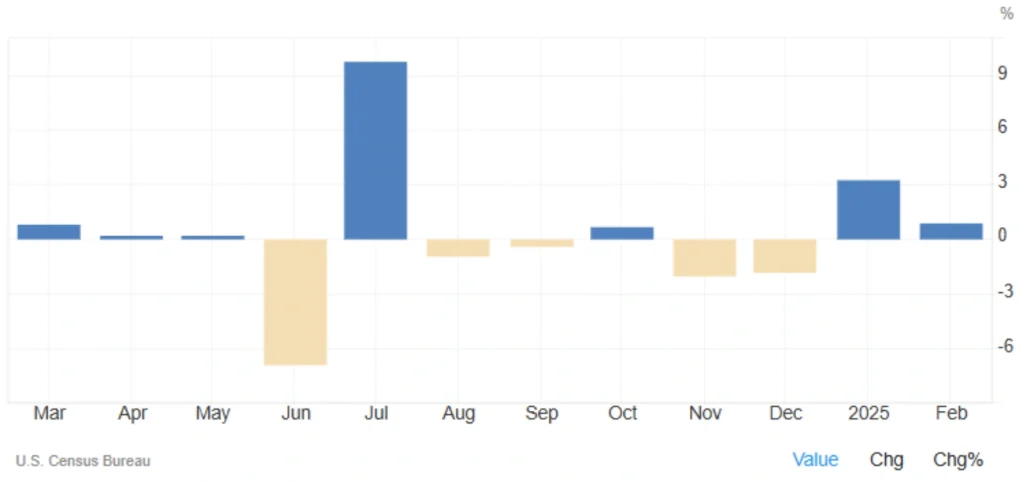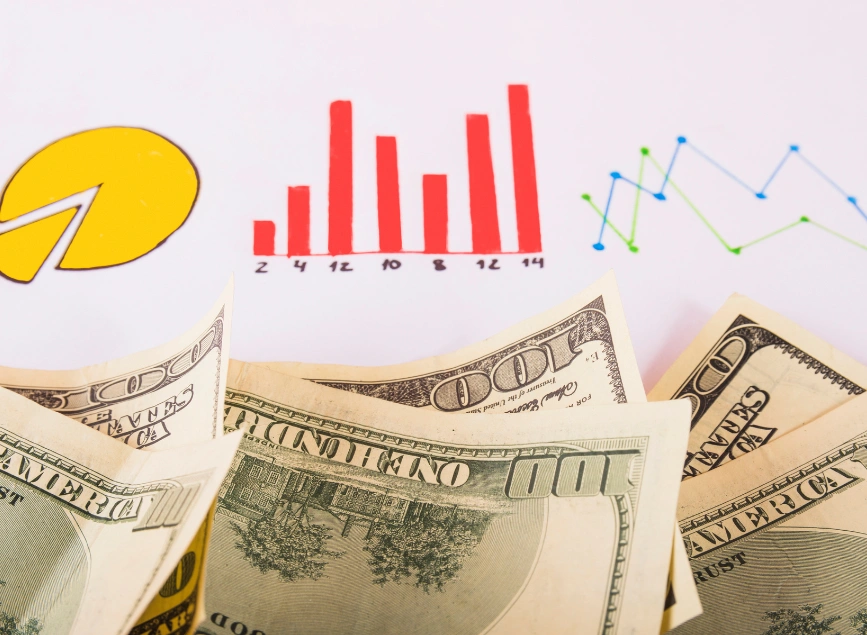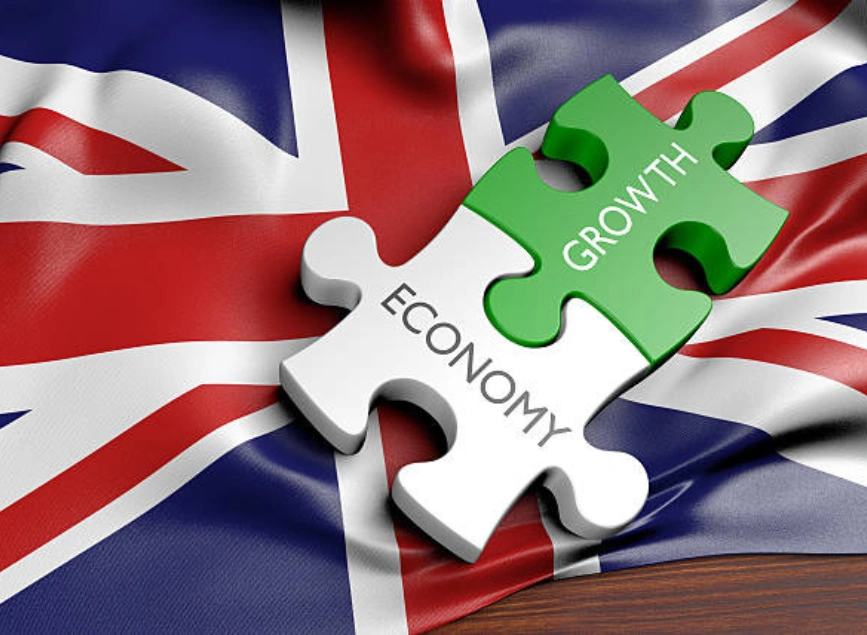
U.S. Durable Goods Orders Rise 0.9% in February: What It Means?
Despite concerns over economic uncertainty, new data shows that U.S. durable goods orders grew by 0.9% in February 2025, reaching $289.3 billion. This increase defied market expectations of a 1% decline and followed an upward revision of January’s 3.3% growth.
Durable Goods Orders: Key Highlights
Top Sectors Driving Growth
Several industries saw strong gains in February, led by transportation, technology, and metals:
- Transportation Equipment: +1.5% ($1.4 billion increase)
- Motor Vehicles & Parts: +4%
- Defense Aerospace Orders: +9.3%
- Machinery: +0.2%
- Fabricated Metal Products: +0.9%
- Computers & Related Equipment: +1.1%
- Electronic Equipment & Appliances: +2%
Capital Goods Orders Show a Decline
While overall durable goods orders rose, capital goods orders—a key measure of business investment—showed signs of weakness:
- Total Capital Goods: -1.5%
- Non-Defense Capital Goods (Excluding Aircraft): -0.3% (worse than the expected -0.2%)
This marks the first decline in four months, raising concerns about business confidence and future investment.

What Are Durable Goods, and Why Do They Matter?
Understanding Durable Goods
Durable goods are products with a lifespan of over three years, including:
- Vehicles
- Machinery
- Industrial equipment
- Household appliances
Why Do Durable Goods Orders Matter?
Durable goods orders are a key economic indicator, reflecting:
✅ The health of the manufacturing sector
✅ Consumer and business confidence
✅ Future growth and investment trends
A rise in durable goods orders often signals economic expansion, while a decline may indicate uncertainty or a slowdown in business activity.
Market and Economic Implications
Positive Takeaways
- Overall growth exceeded expectations, showing strong demand in transportation, metals, and technology.
- Higher auto and defense equipment orders suggest manufacturing is rebounding, possibly driven by government spending.
Concerns and Risks
- The drop in core capital goods orders hints at weaker business confidence and reduced investment appetite.
- Trade policy and tariff uncertainties continue to cloud corporate decision-making.
Final Thoughts: A Mixed Economic Signal
While the growth in durable goods orders is a positive sign, the decline in business investment metrics is concerning. If trade and policy uncertainties persist, corporate investment could remain under pressure in the coming months.
For investors and businesses, it’s essential to balance the optimism from overall growth with caution about capital goods trends to get a clear picture of the economic outlook.
What’s your take on these numbers? Let us know in the comments!
Share
Hot topics

What Is a Forex Broker and What Do They Do?
If you’ve ever browsed through financial websites or listened to others discuss currency trading, you’ve probably encountered the term forex broker, which may sound a bit technical, but the truth...
Read more




Submit comment
Your email address will not be published. Required fields are marked *